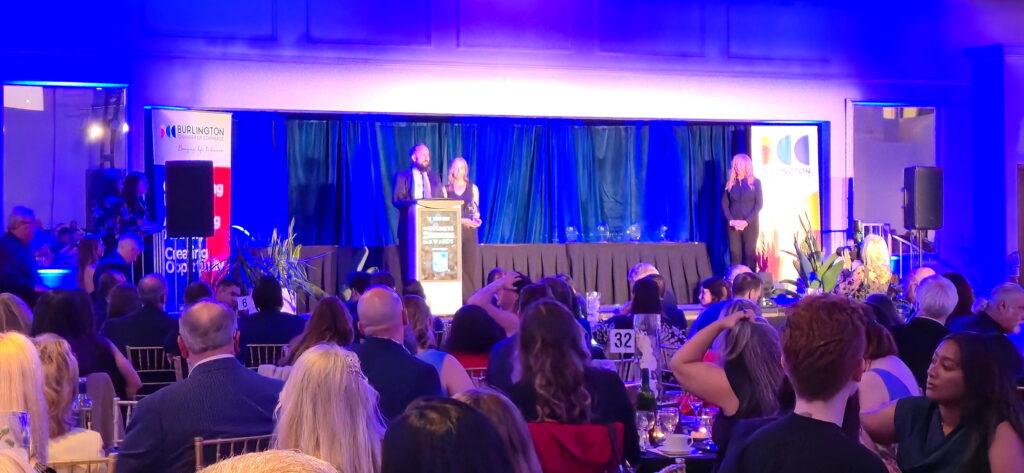The Canada Revenue Agency (CRA) has been increasingly active, with a noticeable rise in audits and pre- and post-assessment information requests. Given the higher likelihood of an interaction with the CRA in the coming year, it’s important to understand what to expect regarding service timelines, audit techniques, and how to respond effectively.
CRA Service Timelines and Complaints
The CRA has published service standards for the 2024-2025 year, though there is no official guidance on timelines for medium to high complexity tax objections. Based on experience, these cases typically take at least a year to resolve.
While there are limited options for expediting CRA wait times, you do have the right to file a service complaint if you are dissatisfied with the service received. Complaints can be submitted in several ways:
- Complete Form RC193 – This can be sent online, by fax, or by mail.
- Online Submission – Use the “Submit documents” option on:
- My Account
- My Business Account
- Represent a Client
- By Fax – Send complaints and supporting documents to:
- 1-866-388-7371 (Canada/US)
- 1-819-536-0701 (International)
- By Mail – Address complaints to:
- CRA Service Complaints
- National Intake Centre, Appeals Division
- 4695 Shawinigan-Sud Boulevard, Shawinigan QC G9P 5H9, Canada
After a complaint is filed, an officer will review it with a target resolution time of 30 days. In cases of significant delay, filing a complaint may actually help speed up the process.
CRA Audit Techniques
With more taxpayers filing electronically, the CRA has significantly enhanced its data analytics capabilities. Suspicious discrepancies in financial relationships often trigger audits or, at the very least, information requests.
In addition to data analytics, the CRA collects information from third-party sources to identify potential audits. Once selected for an audit, you should be aware that the CRA increasingly relies on Indirect Verification of Income (IVI) techniques to assess whether financial records are complete.
Key IVI procedures include:
- Bank Deposit Analysis: Calculates gross revenues and additional funds needed to cover expenses.
- Rough Net Worth Test: Reviews personal financial records, including bank statements, credit cards, loans, and property tax records, to ensure reported income aligns with lifestyle expenses.
- Source and Application of Funds Test: Compares reported income against known expenditures to estimate unreported income.
If selected for an audit, expect the CRA to request personal bank statements and possibly loan or credit card statements for all accounts.
Handling a CRA T1 Processing Review
Each year, the CRA selects certain tax returns for review to verify deductions and credits claimed. This process, known as a T1 Processing Review, is common and does not necessarily indicate an audit.
The CRA conducts these reviews to maintain compliance and public confidence in the tax system. Common areas of scrutiny include claims for charitable donations, medical expenses, tuition fees, and foreign tax credits.
Why Was Your Return Selected?
A return may be chosen for review due to:
- Random selection
- Discrepancies between reported income and third-party data (e.g., T4 slips)
- History of adjustments to previous tax returns
- Large year-over-year variances in claims (e.g., medical expenses, childcare costs)
If selected, respond within the specified timeframe (usually 30 days). Failure to respond may result in the CRA adjusting your claim based on available information, which could lead to disallowed deductions and an unfavorable tax outcome.
Understanding CRA procedures and preparing for potential interactions can help minimize stress and ensure compliance. Whether you’re dealing with a service delay, an audit, or a processing review, being proactive and responsive is key to a smoother experience. If you require assistance, tax professionals can provide valuable guidance in navigating CRA inquiries and ensuring your financial records are in order.
Updated January 2025



